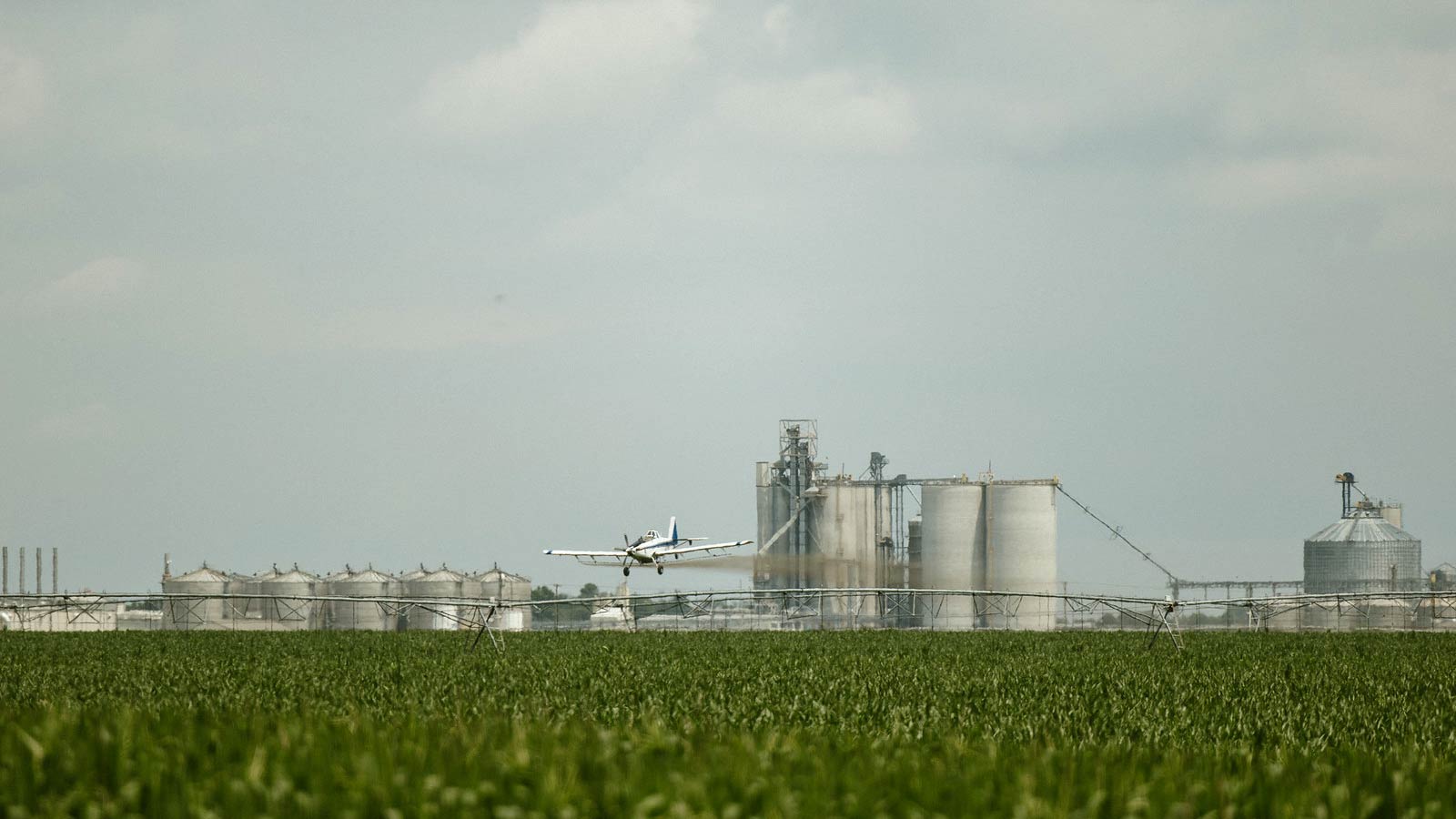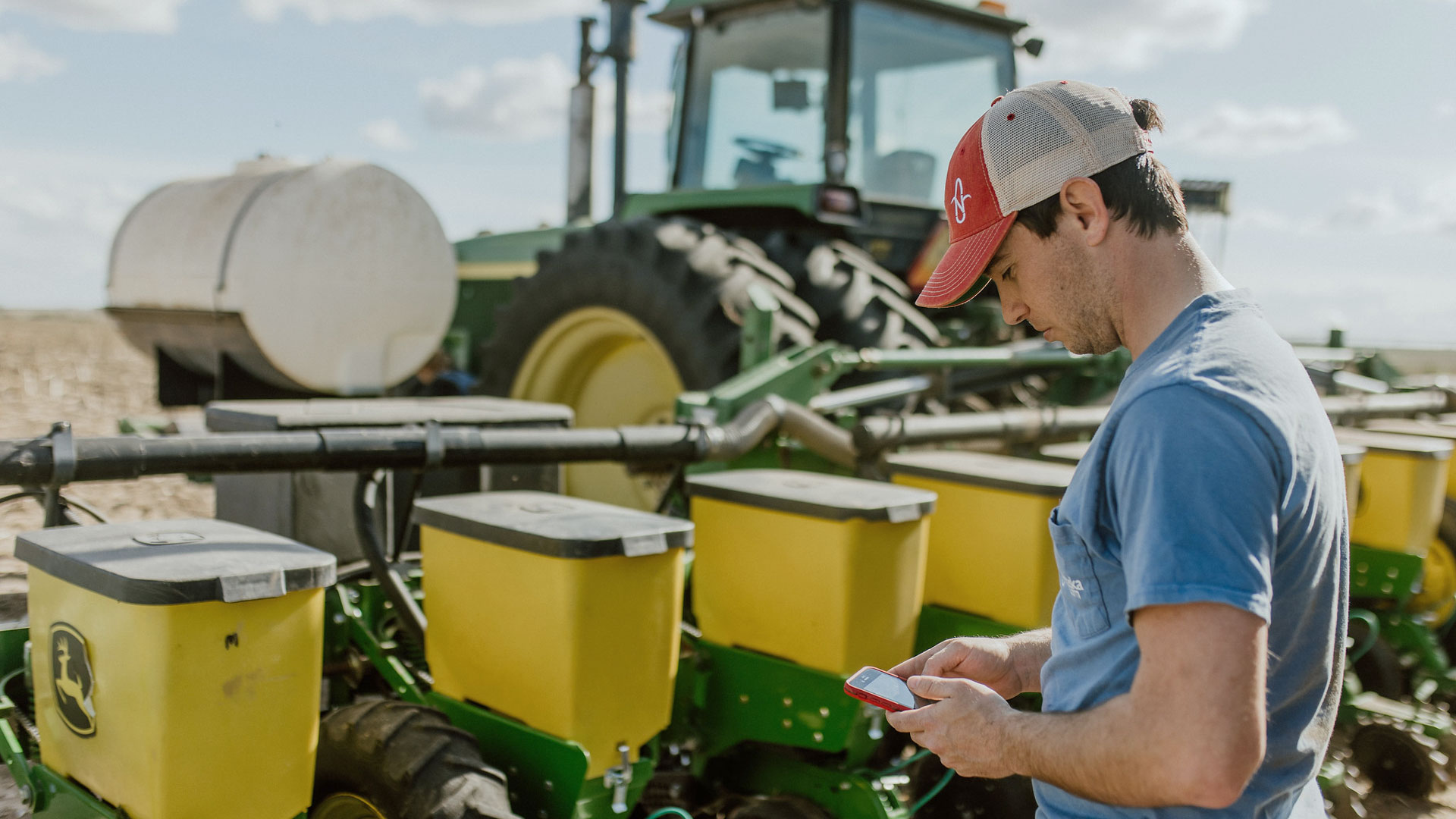Many years ago, farming was a laborious and tedious process that involved walking behind a harnessed horse or mule as it pulled a single-blade plow, furrowing one row at a time. While the agricultural industry still requires hard work, today’s producers make use of a wealth of farming technology that has revolutionized the way they plant, care for and harvest crops. In doing so, they operate on a scale and at a pace their predecessors could never have imagined.
How Has Farming Changed Over Time
From the very start, advancements in the tools farmers used have propelled the industry forward. They went from using horses to mechanized tractors, and then on to more complicated machines like the combine that can perform multiple tasks in one pass down the rows.
Smart farming is now taking the profession into the future, with producers using tools such as Global Positioning System (GPS) to harness the power of data to make better decisions to increase the operations.
How Has Technology Changed Farming
Farming technology empowers today’s farmers to produce more than crops with less input than ever before, it enables them to meet the demands of the local and world economy.
What Technology Has Helped Improve Farming
In addition to GPS, today’s farming technology uses software such as Geographic Information Systems (GIS), multispectral imaging and artificial intelligence to create data-rich mapping, navigational and crop-management systems. They can use these systems to track the field’s progress and identify problem areas with precise accuracy.
4 Surprising Ways Technology Has Transformed Farming
- GPS-Guided Farm Equipment. Today’s tractors are outfitted with numerous high-tech computer systems, including GPS, GIS and autosteer. The systems work together to provide operators with a precise map of the growing area, and allow producers to track yields of individual sections, applying product to the exact location in the field that needs it. The autosteer system keeps the tractor or combine operating on the correct course and in a straight line. Farmers can also view this information from their laptop computer or smartphone when they aren’t in the field as well as the tractor cab, allowing them to better analyze what is happening out in the field.
- Seed Science. Advancements in seed technology and the development of genetically modified corn (GM) has created varieties that are better equipped to handle drought conditions, are resistant to insect pests and disease, and reach maturity faster. By selecting for these traits, scientists have created seeds that perform better while using less water and chemicals.
- Self-Driving Farm Equipment. Among the newest wave of farm technology are self-driving, or autonomous farm vehicles. Companies have started rolling out autonomous tractors and other farm vehicles — many of which work in conjunction with software or can be controlled through smartphone apps. Although some projects are still in the prototype stage, ag manufacturer John Deere in 2022 unveiled a self-driving tractor that uses GPS, geofencing and several cameras to navigate through the field and avoid obstructions.
- Reduced Environmental Impact. There are several modern farming technology tools that have reduced the profession’s impact on the environment. They include:
- Precision Agriculture. The same specialized software that enables farmers to boost production by closely tracking yields also enables them to more accurately assess growing and soil conditions. This allows them to determine how much water, fertilizer, pesticide or herbicide is needed on specific areas of the field. They also can conserve resources by only applying chemicals to the places that need it, rather than treating a wide area or the entire field.
- As part of precision agriculture, drones can be used to deliver chemicals to sections of the field that need treatment. This provides quick and extremely accurate application, allowing producers to use less chemicals and reduce the disturbance of the soil.
- Tracks. Rather than being outfitted with wheels, some tractors and field equipment are now available with tracks. Similar to those used on military tanks, the tracks are designed to reduce compaction on the soil by distributing the weight of the tractor over a larger surface area than traditional tires.
As high-tech as farming is now, there is no doubt even more advanced technology will someday be used in the fields as the industry continues to evolve to meet worldwide demand for food and products.
Related Posts
How Precision Agriculture Takes Corn Farming into the Future
Precision agriculture is revolutionizing the way Nebraska corn farmers grow their crops. By using advanced technology and data analytics, growers are able to maximize yields while minimizing waste. This new approach is helping Nebraska [...]




